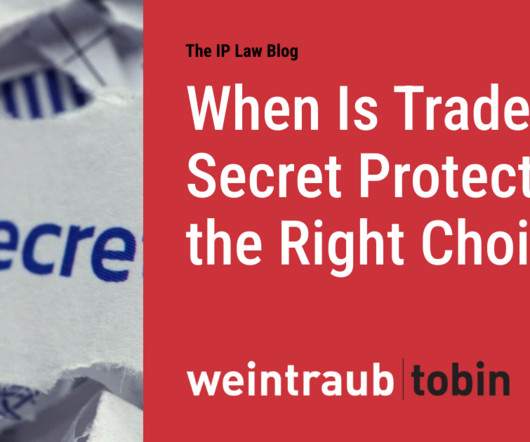WIPIP session 7: Design Law
43(B)log
FEBRUARY 3, 2024
Stiffel: invalidated patent on another midcentury modern lamp. Attributed to Jens Risom, 1950s: a daybed can’t get a design patent, would need to flip up and fry an egg. Herman Miller makes catalogs like coffee-table books, pushing the idea of the celebrity designer (even though they weren’t exclusive to Herman Miller).












Let's personalize your content